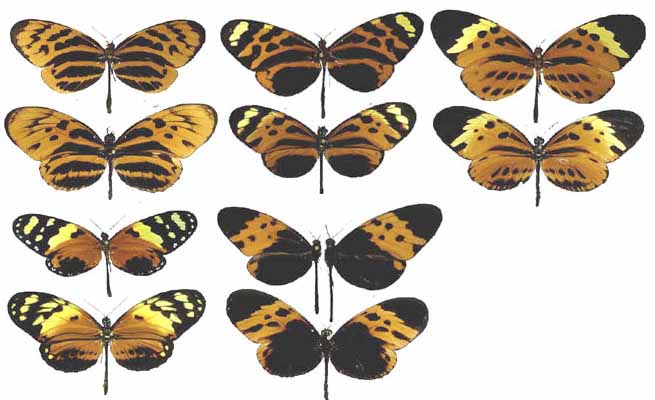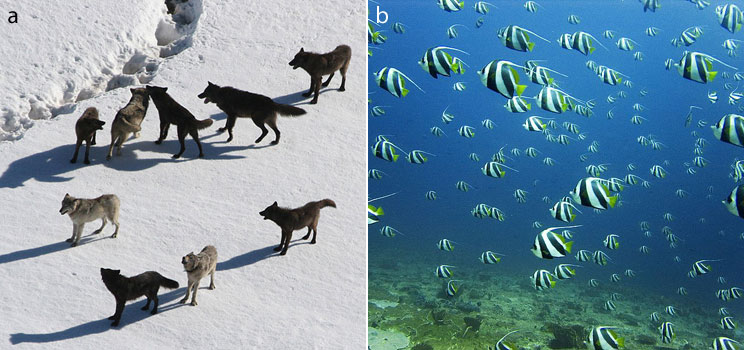Some of you may be interested in attending these upcoming seminars...
Tuesday, February 28, 2012
Thursday, February 16, 2012
Thermoregulation supplemental resources
Below is a list of website links that focus on ecological energetic terms and concepts. Remember to review Dr. John-Alder's lecture supplements posted on SAKAI.
A more in depth look at allometry & scaling.
Homeostatic Processes for Thermoregulation - This article is enabled with a click-and-define feature to help you learn vocabulary, while providing a good overview of thermoregulation (figure below).
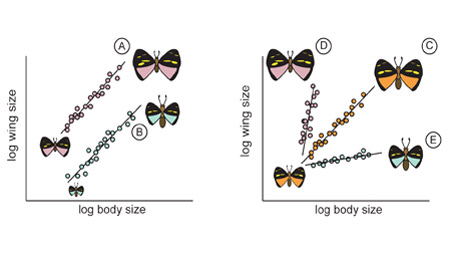 |
| (www.nature.com/scitable) |
A more in depth look at allometry & scaling.
Homeostatic Processes for Thermoregulation - This article is enabled with a click-and-define feature to help you learn vocabulary, while providing a good overview of thermoregulation (figure below).
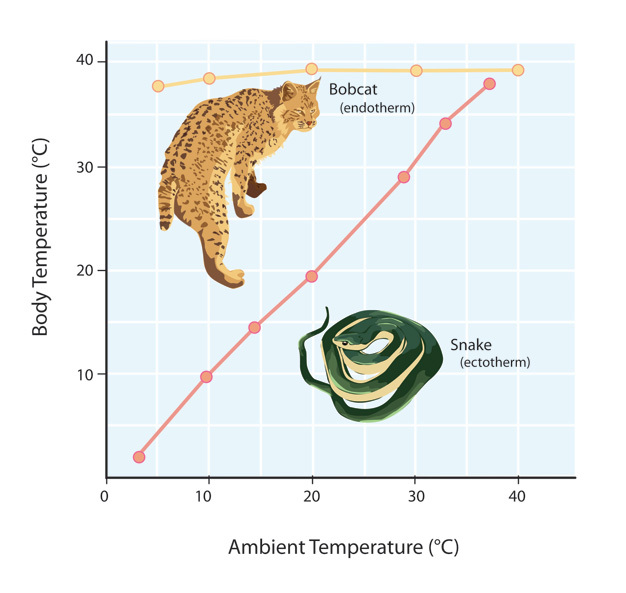 |
| (www.nature.com/scitable) |
Body Temperature Regulation
- Ecototherm vs. Endotherm
- Homeothermy vs. Heterothermy
Note: Dr. John-Alder did not cover the "Endotherms in the Heat" section of his lecture slides so this material will not be covered on the upcoming exam.
Sunday, February 12, 2012
Neat Mimicry Examples
This past week we talked a bit about mechanisms used by prey to deceive predators. Here are a couple of neat examples:
Batesian Mimicry & Müllerian Mimicry
To the right, is an example of Müllerian mimicry, demonstrated by a group of unpalatable butterflies.
Tuesday, February 7, 2012
Eusociality learning resources
This is a good overview of altruism, and social behavior as an adaptation that improves fitness.
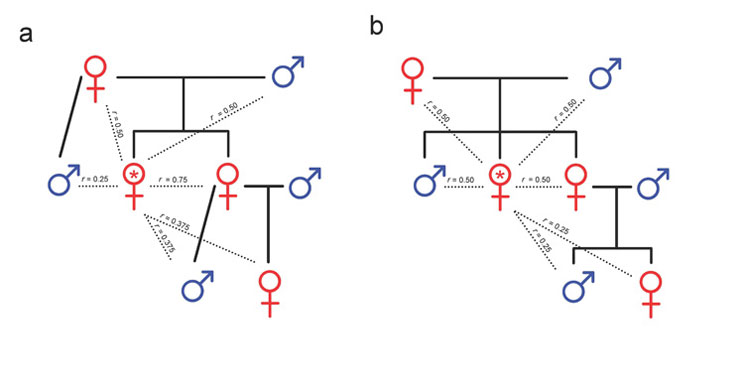 |
| Figure 3: Patterns of relatedness in a) diploid and b) haplodiploid species. (Rubenstein & Kealey, 2010) |
Eusociality
A comprehensive review eusociality is discussed in Cooperation, Conflict, and the Evolution of Complex Animal Societies by Rubenstein & Kealey (2010).
Some of the vocabulary words in the above articles are enabled with a click-and-define feature that should help with reading comprehension.
A comprehensive review eusociality is discussed in Cooperation, Conflict, and the Evolution of Complex Animal Societies by Rubenstein & Kealey (2010).
Some of the vocabulary words in the above articles are enabled with a click-and-define feature that should help with reading comprehension.
 |
| Figure 4: Solitary and primitively eusocial wasps. (Nowak et al., 2010). |
An article written by Nowak et al. (2010) entitled The Evolution of Eusociality explains the role that haploidy and diploidy are hypothesized to play in the inclusive fitness theory. (Access article through Rutgers)
Monday, February 6, 2012
"Gottcha!" The video
The publishers of this week's assigned reading made this neat short video to accompany the article.
Testing navigation: a demonstration
How researchers were able to conclude that some birds may use the stars for navigation?
Right, is a diagram of the Emlen, funnel discussed in class. Ink marks demonstrate the direction in which the bird was trying to fly - note the seasonal difference.
To test if birds use stars for navigating at night, these funnels would have been placed in a planetarium, where researchers were able to manipulate the orientation of stars.
Friday, February 3, 2012
Quiz time!
Congrats, to all of you for getting your field reports finished this week!
Next week in recitation, you have your first recitation quiz. Content that may be on this quiz was covered in lectures 1, 2 and 3, and this week's recitation, including the assigned packet readings: Viitala et al. & Mayr and Diamond.
Need help reviewing?
- Review your notes and the autecology/evolution lecture outlines in the Packet and practice on some of the sample exam questions in the Packet (p. 170).
- Peruse some of the links listed in my website footer, such as Evolution 101, the two textbook sites (Essentials of Ecology; Economy of Nature), and the glossary.
Quizlet
At this point, nearly all of the terms in the Packet's autecology glossary have been discussed. I have set up a study group for my sections on Quizlet. If you join the group, you can add flash card terms and definitions to the "Quiz 1" study set that I started for you all. The group has other neat games to help you learn the vocabulary, such as the one below, but it is the responsibilities of you, the student, to build the study resource. (This is part of our expectations agreement.)
A word of Quizlet warning: If you do add terms to the set you are presented with the option of having the website "auto-define" for you - please make sure the definition you choose matches the one in your packet!
Same thing goes for those of you using them to study, check the
definitions against your glossary the first time through. While you all
are studying this weekend, I will be grading your reports. Therefore, I need you all to "self-police" on Quizlet, but feel free to email me if a major
problem arises.
Two packet readings for next recitation: S. Pain. 2008. New Scientist. & Becker and Harris. 2010. PLoS.
Please keep in mind, many of the scientific articles in the packet may also be accessed through SAKAI, Rutgers Library Electronic Journals, or Google Scholar, so not having your packet is not an acceptable excuse for not reading!
Subscribe to:
Comments (Atom)


